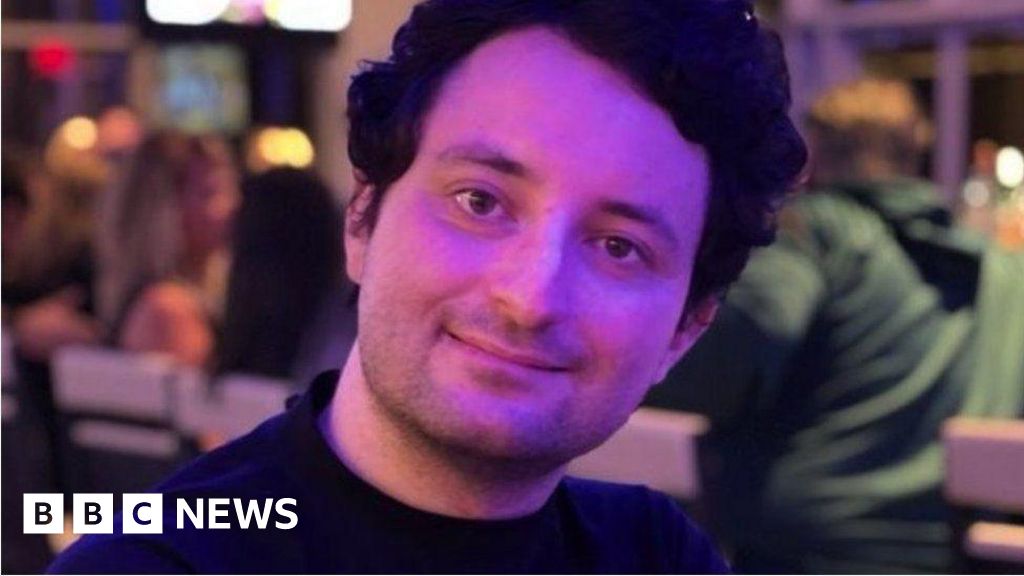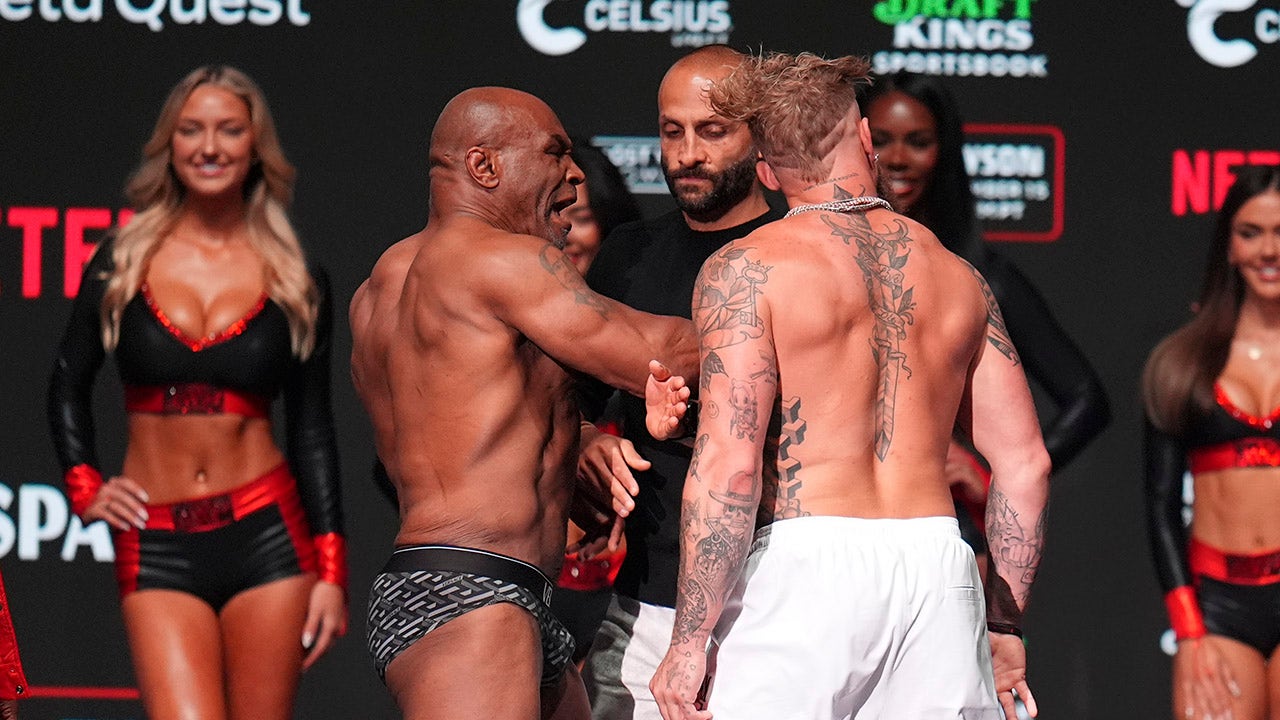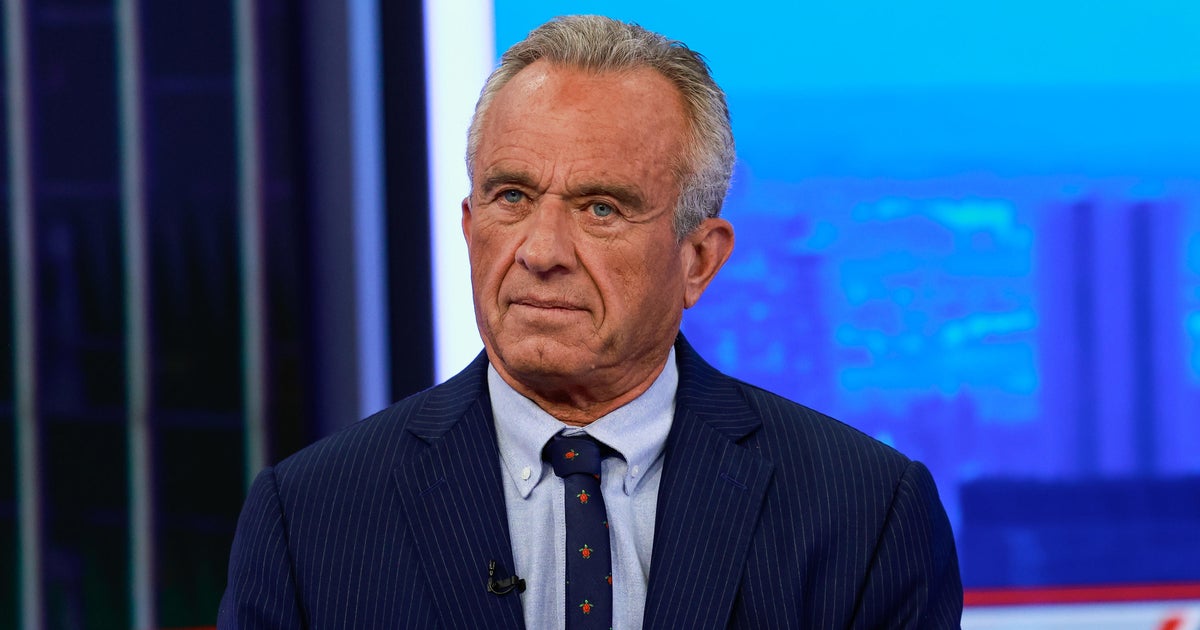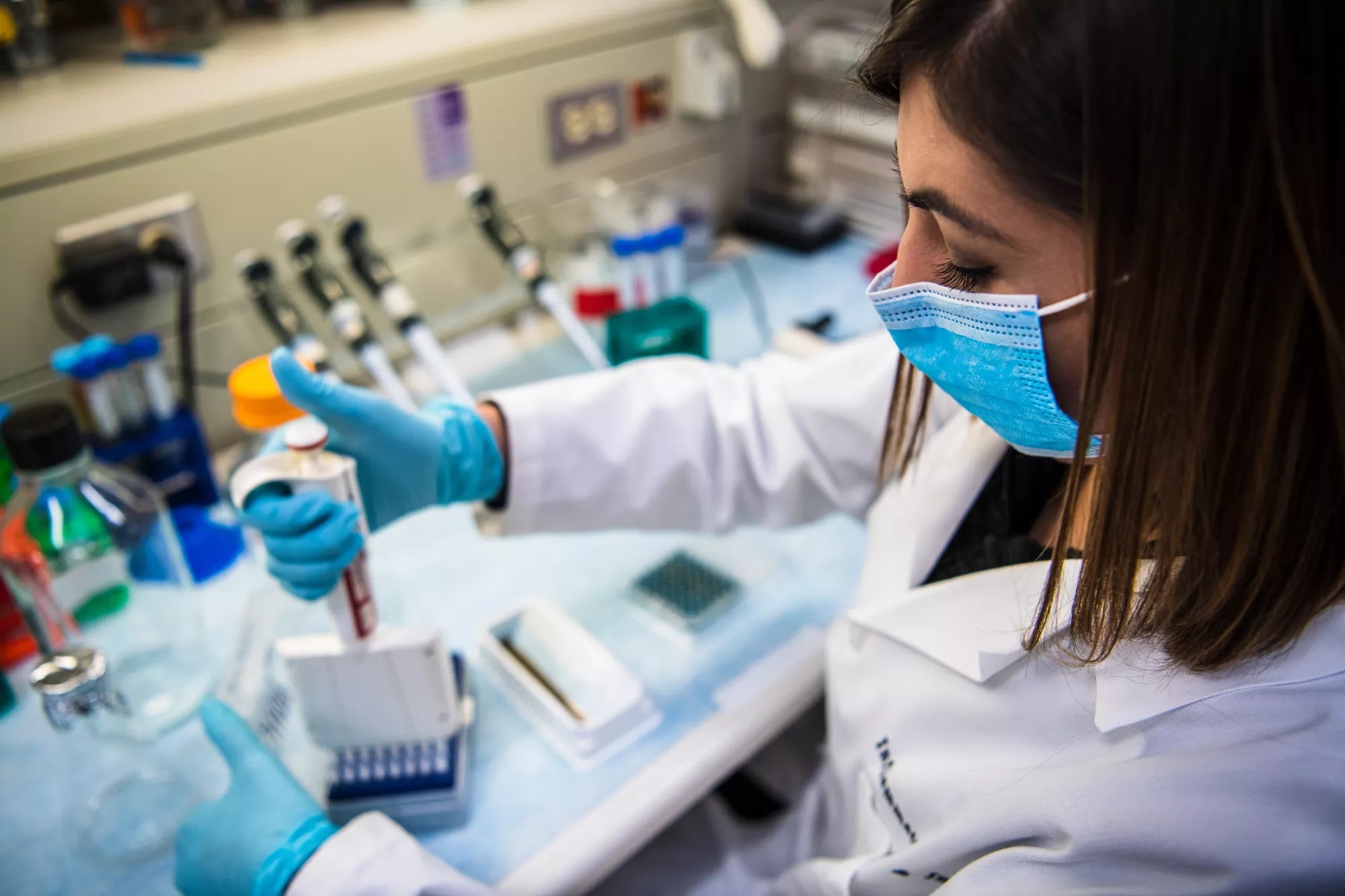A trend that’s gaining momentum around the world is set to finally arrive in Manhattan. It’s a tiny forest, to be planted on the southern end of Roosevelt Island, in the East River, this spring. According to its creators, it would be the first of its kind in the city and would consist of 1,000 native plants, trees and shrubs, covering just 2,700 square feet.
“We’re an island. We think about flooding, we think about storm surge, and the best treatment is to plant a tree,” said Christina Delfico, founder of iDig2Learn, a nonprofit group that works to reconnect people with nature and that is helping to lead the project. “The roots will stabilize the land. With good soil, there won’t be flooding. The concrete jungle needs pocket forests.”
Called the Manhattan Healing Forest, it will be planted using the Miyawaki method, which was created by the Japanese botanist and plant ecologist Akira Miyawaki, who received the Blue Planet Prize, a top environmental award, in 2006 for his work restoring forest ecosystems. First, the land is painstakingly prepared, usually with compost and mulch. Then, native trees and shrubs are planted close together, encouraging the flora to rapidly grow. According to proponents, Miyawaki-style forests become self-sufficient within three years and can achieve maturity within a few decades. Along the way, they provide habitat for insects and wildlife, absorb carbon and clean the air.
Mini-forests have been planted by the thousands across the world, in cities in Europe, Africa, South America, Asia, Russia and the Middle East. Many of the forests are barely the size of tennis courts, yet their creators report a range of benefits, including a cooling effect in warm weather, floodwater absorption, and even the return of birds that local residents thought had vanished.
In the United States, Miyawaki-style forests have been planted in recent years in Los Angeles, Washington State and Cambridge, Mass. One Cambridge mini-forest was planted in Danehy Park, atop an old landfill, and was growing at a rate that the city’s superintendent of urban forestry and landscapes described as “phenomenal.”
The Roosevelt Island mini-forest will be the 200th such forest planted by SUGi, a foundation that plans to cover the costs, which generally average about $200 per ten square feet. White oak, Virginia strawberry, butternut, New York fern and eastern white pine will be among the 40 species planted, according to Elise van Middelem, SUGi’s founder. The forest will be planted in Roosevelt Island’s Southpoint Park atop a large unused garden bed, according to Ms. Delfico.
“It was just waiting for this pocket forest,” Ms. Delfico said.
The land is leased from the city by the Roosevelt Island Operating Corporation, and the planting by community volunteers is scheduled for April 6.














































